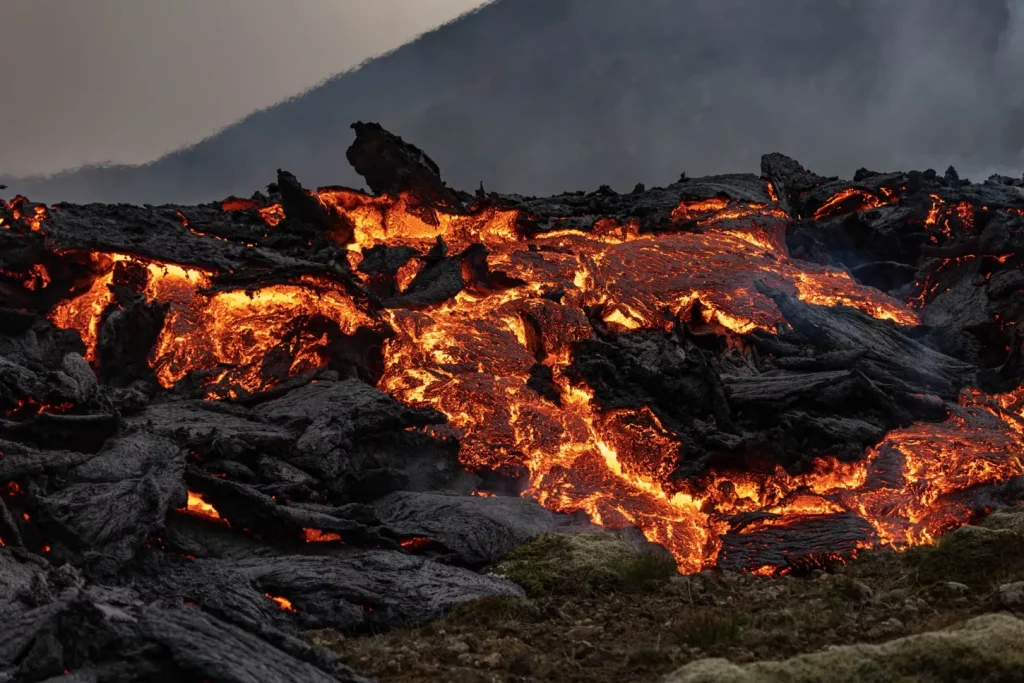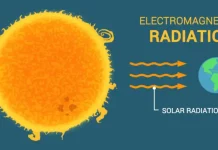Reykjavik, the capital city of Iceland, is facing the risk of gas pollution as a volcano erupted on Monday night in the Reykjanes peninsula, about 42km away from the city. The eruption was preceded by weeks of intense earthquakes and tremors in the region, indicating that volcanic activity was imminent. The fumes from the eruption are expected to reach Reykjavik by Tuesday night or Wednesday morning, posing a health hazard for the residents.
The volcano erupted about 4km north-east of Grindavik, a fishing town that was evacuated last month as a precautionary measure. The lava flow could potentially reach the town, endangering the lives and properties of the locals. However, no injuries have been reported so far. This is not the first time that Iceland has experienced a volcanic eruption – in April 2010, the Eyjafjallajokull volcano caused a major disruption to European airspace, resulting in significant financial losses. However, experts do not expect the same level of impact from this eruption, due to the physical characteristics of these volcanoes in south-west Iceland. According to Dr Evgenia Ilyinskaya, an associate professor of volcanology at Leeds University, the local people had been anticipating and fearing this eruption for a long time. She spoke from Iceland, where she observed the situation closely.
The authorities have been preparing for the possible consequences of the lava flow, which could damage homes and infrastructure, including the popular tourist attraction of Blue Lagoon. A spokesperson said that the situation did not seem to pose a threat at the moment, but that they would have to wait and see. The recent construction of defenses in the area was expected to help, according to Katrin Jakobsdottir, Iceland’s prime minister. She expressed her concern for the local community and her hope for the best, despite the “significant event”. Gudni Johannesson, Iceland’s president, stressed that the main priority was to protect human lives, but that they would also try to save any structures at risk.
The eruption was also visible from Reykjavik, where an eyewitness described how half of the sky in the direction of Grindavik was glowing red from the lava, with smoke rising into the air. He said that it was a spectacular sight, but also a worrying one.
In 2010, a different volcanic eruption in Iceland caused significant travel disruptions in Europe due to ash plumes reaching several kilometers into the atmosphere. However, experts do not anticipate similar levels of disruption from this latest eruption. As of Tuesday afternoon, flights have not been affected and international flight paths remain open, according to the Icelandic government.
Bjarni Benediktsson, Iceland’s foreign minister, assured that flights in and out of Iceland were not being disrupted and international air routes remained open. He said that the eruption was powerful, based on the height of the lava jets during the initial stages.
Hallgrimur Indrioason, a journalist for RUV (the state-owned Icelandic National Broadcasting Service), said that the view of the eruption could be seen from miles away in Reykjavik. He said that images and videos posted on social media captured the moment when lava burst from the volcano only an hour after a swarm of earthquakes was detected.
The Icelandic Met Office reported that as of 12:30 GMT on Tuesday, the power of the eruption had decreased but gases could still reach Reykjavik. It also said that the length of the crack in the volcano was approximately 3.5km, with lava flowing at a rate of 100-200 cubic meters per second – significantly more than previous eruptions on this peninsula.
The authorities have issued a warning for people to stay away from the affected area, and to monitor the air quality and the weather conditions. They have also advised people to close their windows and doors, and to avoid outdoor activities if possible.






